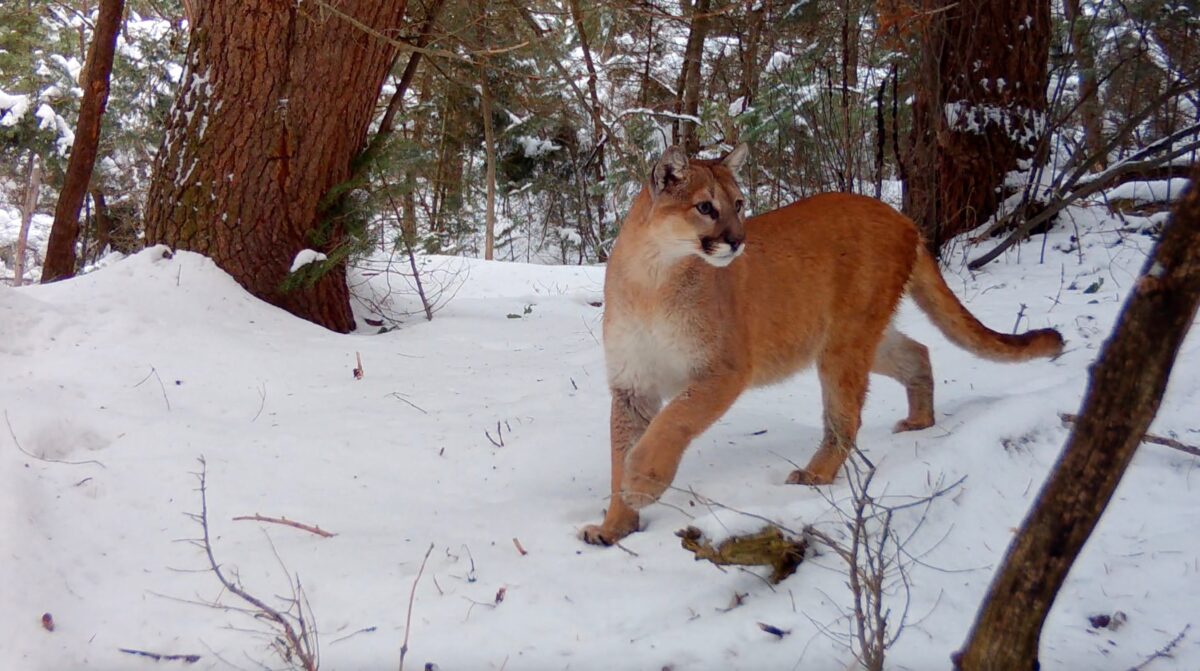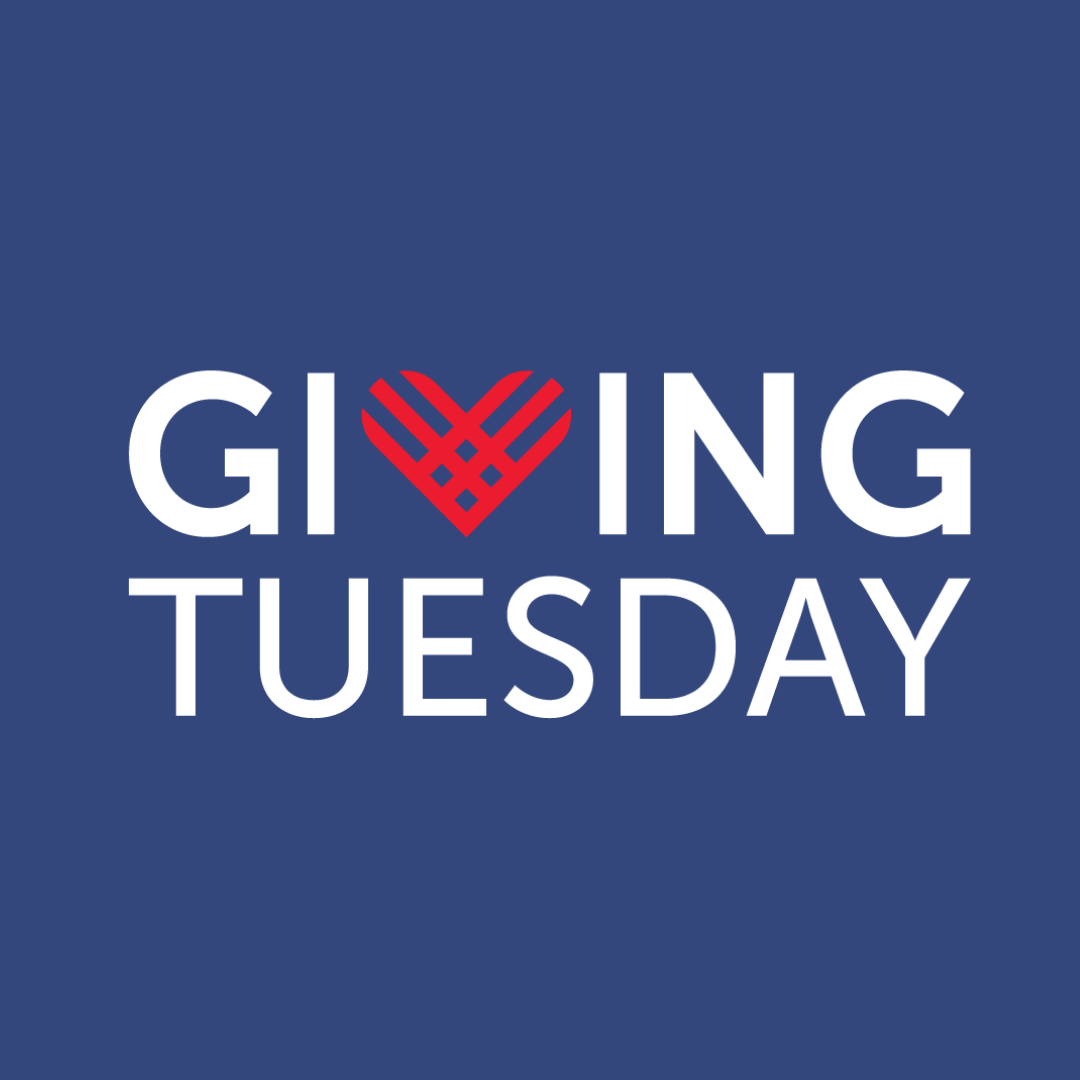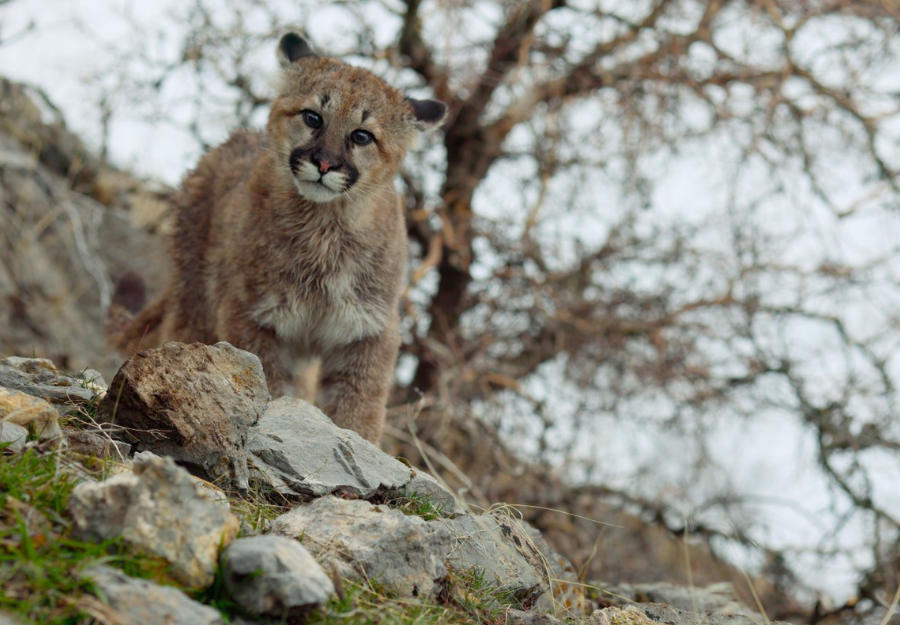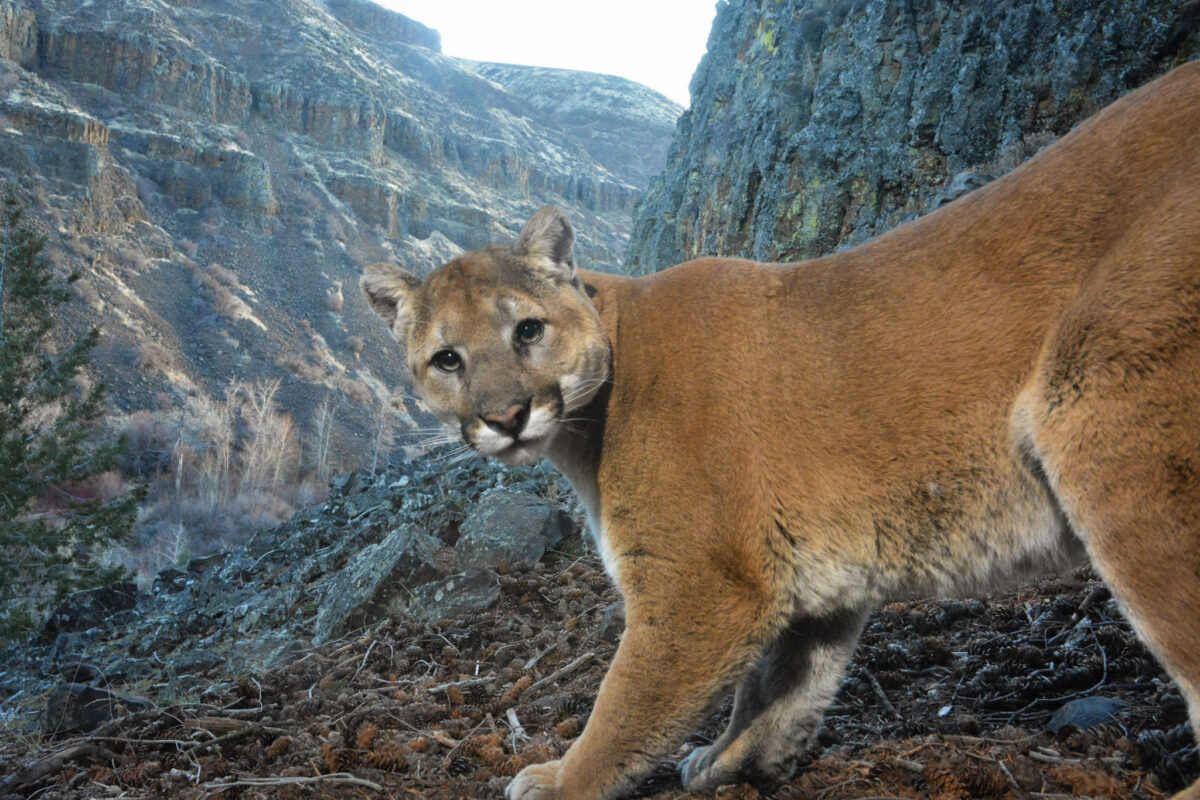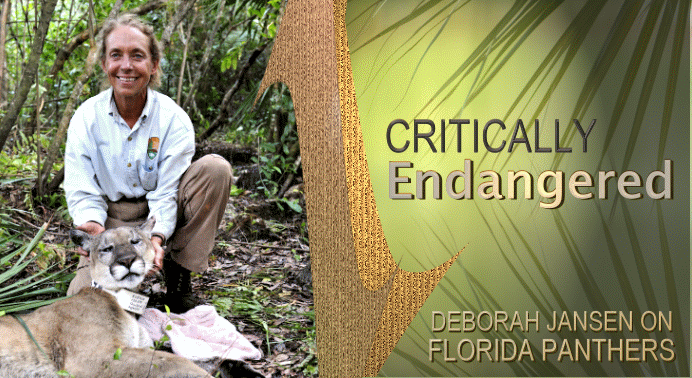
ON AIR: Florida Panther Biologist Deborah Jansen
An Audio Interview with Julie West, MLF Broadcaster
 Listen Now!
Listen Now!
Listen to the interview from MLF’s ON AIR program, podcasting research and policy discussions about the issues that face the American lion.
Big Cypress National Preserve
The Big Cypress Swamp was one of the very first two national preserves established within the National Park System. The Big Cypress Swamp is about 50 miles west of Miami, Florida, and covers 720 thousand acres. Nearly a million people visit the preserve each year. Established in 1974, the Big Cypress National Preserve borders Everglades National Park to the south, and feeds the coastal area of Everglades with fresh water. It is home to eight federally listed endangered species, in addition to the Florida Panther.
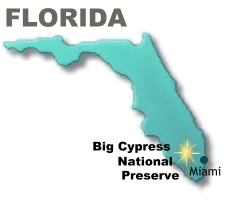
The panthers are the only remaining mountain lions in the eastern United States. They live in a pocket of southern Florida and are assigned the scientific name Puma concolor coryi. The lions have been on the federal Endangered Species Act list for more than 35 years. Although their numbers have increased in recent years, fewer than 100 lions remain. The primary threat to the survival of this population is habitat loss and fragmentation. Their survival depends upon public efforts to hold federal and state agencies accountable for using the best available science as they make decisions.
Deborah Jansen has worked as a wildlife biologist for the National Park Service at Big Cypress National Preserve since the late 1980’s, and has studied the Florida Panther for more than 30 years. She specializes in capturing, marking, monitoring movement of the big cats and studies the social interaction, denning behavior and habitat use of panthers in south Florida.
Discovering Panther Ancestry with Microchips
by Deborah Jansen, Wildlife Biologist,
Big Cypress National Preserve

The Big Cypress panther capture team hunted for 29 days between February 3 and March 5, 2010, handling seven big cats and three tiny cats. They recollared two adult male panthers: FP133 and FP171, and put the first collars on two new adult male panthers: FP179 and 181. They also collared three new adult female panthers: FP 175, 180, and 182. The tiny cats, each weighing about four pounds, were the three kittens marked at the den of FP145.
One of the thrills of handling a new panther is running the scanner down its back to see if it “reads” a microchip. FP145’s litter brought the total number of panther kittens marked with microchips to 293.
Who did the team find this year? Remember Lucy, the rescued panther kitten now living at Lowry Park Zoo? (see Panther Update, September 2007). They found her sister, K254, now the healthy two-and-one-half-year-old FP175. Her brother, K253, was killed by a car on January 17, 2009. Remember the lightly-pelaged, female panther kitten, K264? (see Panther Update, May 2008). She is now a healthy two-year-old living in Big Cypress.
But the most surprising “chipped” panther had been marked by FWC on the Florida Panther NWR in 2001 as K93. He is the son of one of the eight female pumas brought from Texas in 1995 to add new genes to the panther population. After nine years of eluding capture, he is now FP181. His torn ears, missing incisor, and once-fractured shoulder attest that he has survived encounters with both other panthers and a vehicle.
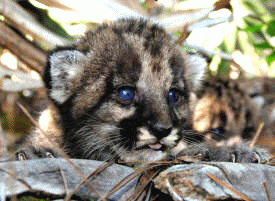
On February 7, 2010, researchers at Big Cypress collared a female panther and tagged her FP175. She was collared for the first time. Tests confirmed that the two and a half year-old cat was handled as a kitten, K254, at the den of FP150 in July 2007.
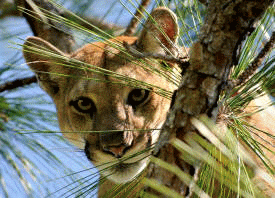
FP175 inhabits the northwestern Turner River Unit and the Bear Island Unit of Big Cypress National Preserve. The cat’s home range during the 2009-10 reporting period was 50 square miles (131 km2). In July of 2010 researchers found her den and marked two female kittens there on the second of August.
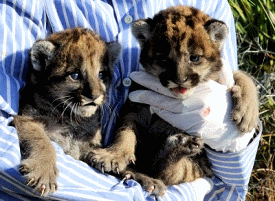
FP175 continues to den and mother kittens near Bear Island as of 2011. In January 2011 researchers found a new den and marked two three-week-old kittens there. Since FP175 is radio-collared, once biologists have located the den they may wait until the mother leaves to search for food, monitor her movements via radio signal, and check on the kittens in her absence. The January monitoring of kittens K319 and K320 was chronicled by FPNWR Volunteer Roxann Hanson in the March 2011 Panther Update.
The 2010 Big Cypress Annual Report indicates that, lion by lion, “the efforts from the past 22 years of panther survey and monitoring work, 15 years of panther reproductive assessment, and 9 years of panther capture work conducted by National Park Service in Big Cypress have provided a significant amount of data with which management decisions have been influenced and panther ecology more thoroughly understood.”
You can read the 2009-2010 Annual Report of the Big Cypress Florida Panther Monitoring project in its entirety online.


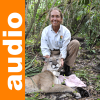
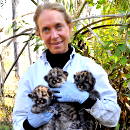

 Facebook
Facebook Twitter
Twitter Send Email
Send Email